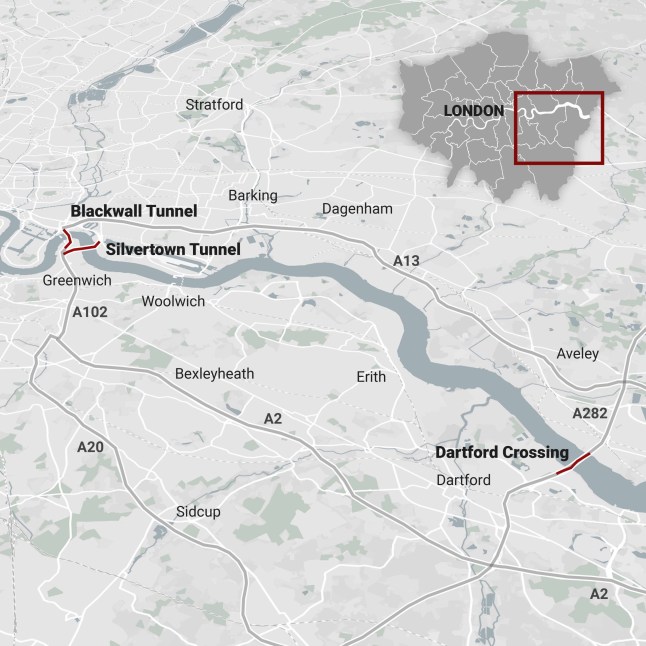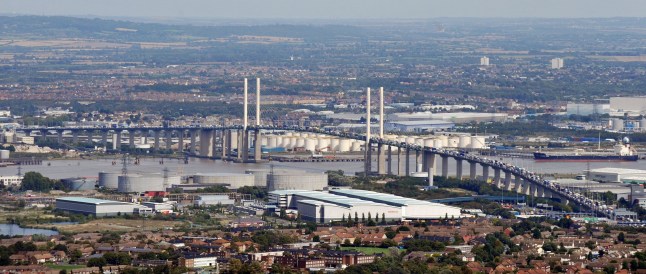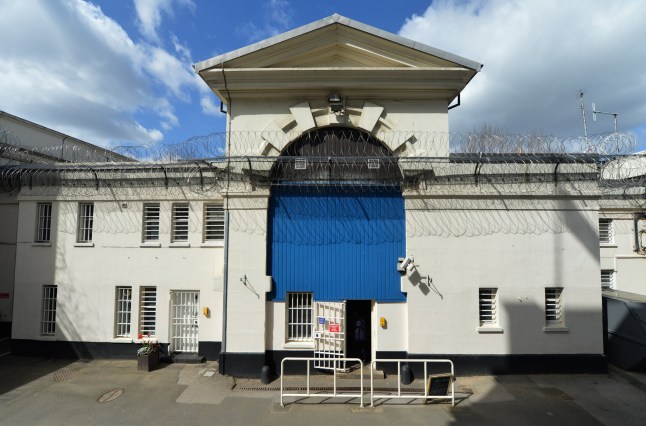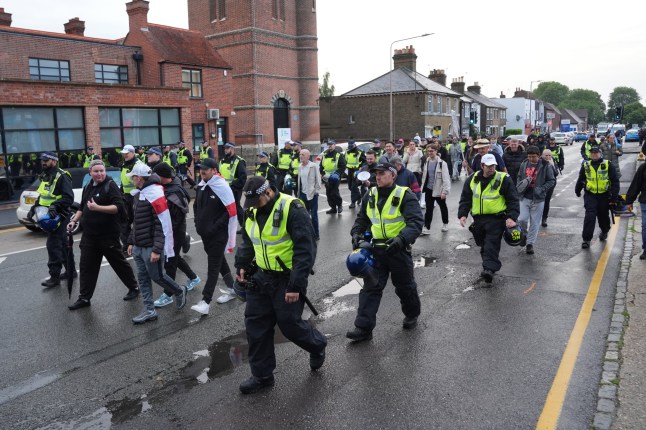
The Dartford Crossing charge is set to increase later on this year to help ease congestion, the Department for Transport has announced.
The fee, which is paid by motorists driving on the A282 road between Dartford in Kent in the south and Thurrock in Essex in the north, is used to maintain upkeep of the bridge.
From September 1, the Dartford Crossing charge will increase from £2.50 to £3.50 for cars, minibuses and motorhomes, while coaches, buses and vans will be charged £4.20 instead of the previous price of £3.
The Dartford Crossing charge for lorries and large vehicles with more than two axles will increase from £6 to £8.40.
Motorbikes and mopeds can continue to cross for free.
Sign up for all of the latest stories
Start your day informed with Metro’s News Updates newsletter or get Breaking News alerts the moment it happens.
The route is the UK’s busiest crossing as it sees an average of 150,000 vehicles a day, but it was built for 135,000, National Highways said.
On some days, traffic reaches 180,000, and the crossing is no stranger to traffic gridlock and severe delays.
Drivers using the crossing, which is made up of the Queen Elizabeth II bridge southbound and two tunnels northbound, have to pay the Dart Charge every time they use it.

The Dart Charge has faced criticism from motorists who have been wrongly fined for crossings they never made, including a doctor who was fined 34 times after the ANPR cameras mistook another number plate as hers.
Residents have been able to cross as many times as they want for £20 a year, but that will also increase this autumn to £25.
Announcing the Dartford Crossing charge increase, junior transport minister, Lilian Greenwood, said the traffic levels are ‘well in excess of the crossing’s design capacity, causing delays for drivers using the crossing, congestion and journey disruption to drivers on the M25 and a range of knock-on impacts for local communities.’
The crossing charges have increased steadily since the four-lane bridge opened in 1991, shortly after the M25 opened.

The tunnels, which opened in 1963 and 1980 respectively, originally cost two shillings and sixpence to use.
It is thought the charges were intended to be phased out when the construction costs were covered, but the charges have become a permanent fixture.
People in the area have told Metro that when an incident blocks traffic at Dartford, the nearby local roads become mayhem with diverted vehicles navigating narrow roads.
One resident said it is not uncommon to see huge lorries clogging up the village roads when Dartford traffic is diverted.
In a bid to take pressure off the Dartford, National Highways wants to build a second crossing nearby, the Lower Thames Crossing.
The £10 billion Lower Thames Crossing was awarded £590 million in government funding after the project was approved by planners.
Get in touch with our news team by emailing us at webnews@metro.co.uk.
For more stories like this, check our news page.


